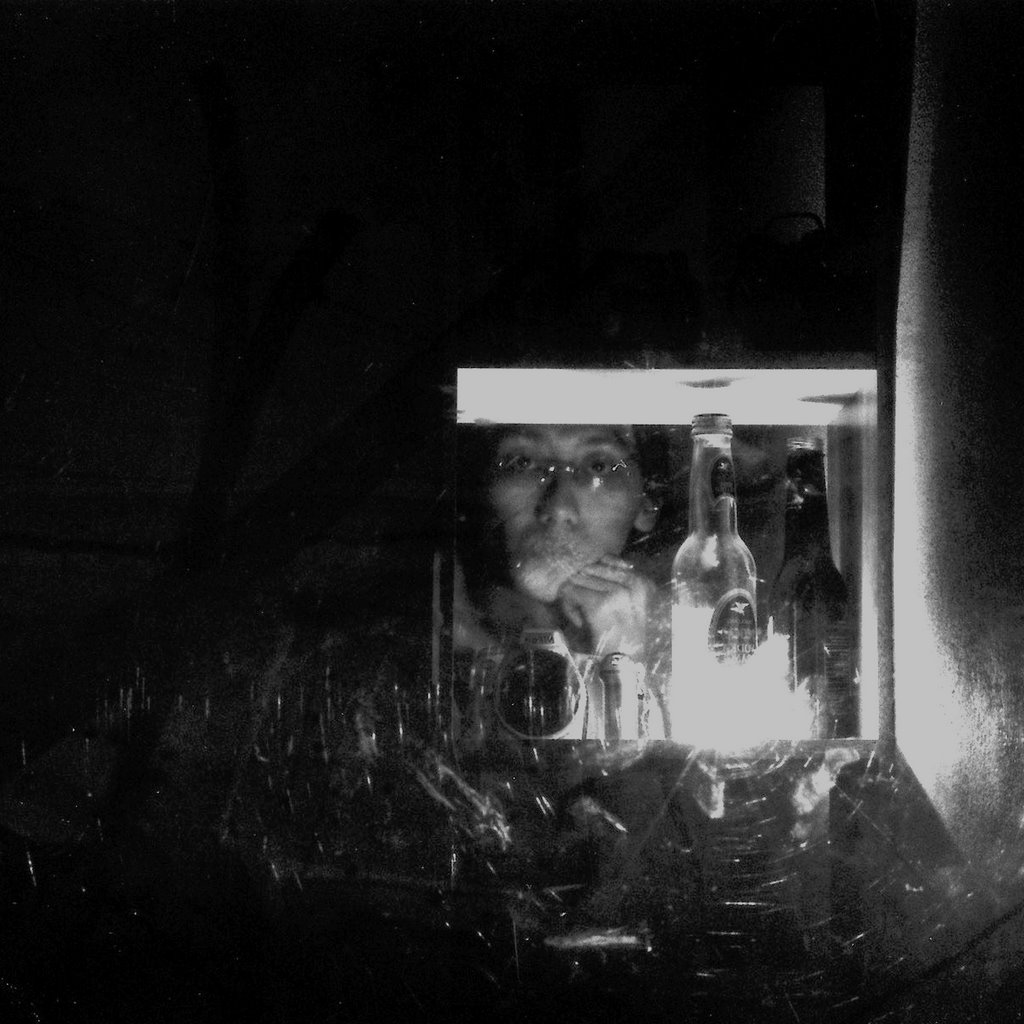Against rule of thirds, is to break off norm perspective to provoke new concept that destruct human being thinking. Reconstruction of the philosophy of harmony must interpreted George Field Chromatics, rule of thirds 1845.
“93. Sir Joshua has given it as a rule, that the proportion of warm to cold colour in a picture should be as two to one, although he has frequently deviated therefrom; and Smith, in his “Remarks on Rural Scenery,” would extend a like rule to all the proportions of painting, begging for it the term of the “rule of thirds,” according to which, a landscape, having one third of land, should have two-third of water, and these together, forming about one-third of the picture, the remaining two-thirds to be for air and sky; and he applies the same rule to the crossing and breaking of lines and objects, & c.”
 Beside according to rule of third, 4 crossing line form interactive and attractive spots called power point. Placements of subject-matters have advice to locate on or near the power point to enhance the optimum visual impact. Revolution has made, where non-of the primary visual data have place on the power point. Manifesto of “Dead-centre complementary” should shout out, “Dead-centre shouldn’t be avoided but it should implement! “Indirectly synchronisation between varieties of balance principles; gravity force have been created; where the revolved red heart ball is flooding on the airspace between sins and saint dimension. The composition is more than 2 dimensional balance points, understanding of virtual 3-D spatial must discuss. The composition is confrontational where the imagery on the right side stand out strongly and capture viewer breath for couple of second, and force viewers read as much possible visual information at once. Expose violence to viewers directly, but how far we say: this is symmetrical balance, no mirror imagery.
Beside according to rule of third, 4 crossing line form interactive and attractive spots called power point. Placements of subject-matters have advice to locate on or near the power point to enhance the optimum visual impact. Revolution has made, where non-of the primary visual data have place on the power point. Manifesto of “Dead-centre complementary” should shout out, “Dead-centre shouldn’t be avoided but it should implement! “Indirectly synchronisation between varieties of balance principles; gravity force have been created; where the revolved red heart ball is flooding on the airspace between sins and saint dimension. The composition is more than 2 dimensional balance points, understanding of virtual 3-D spatial must discuss. The composition is confrontational where the imagery on the right side stand out strongly and capture viewer breath for couple of second, and force viewers read as much possible visual information at once. Expose violence to viewers directly, but how far we say: this is symmetrical balance, no mirror imagery.

“Dead-centre” complementary should suggest as solution to reinvent between minimalism and maximalism, where minimalism is the summary of idea and concept or a filtration of information. Besides, maximalism enhance information thought artist self experience in life that it can be transfer into single piece of work.
“... Chinese Maximalism emphasises the spiritual experience of the artist in the process of the artistic creation and their self contemplation outside and beyond...”Sarena Abdullah (2005), Chinese Maximalism: A New Artistic Methology?, sentAp!, Comtemporary Visual Art Magazine, Issue 1 jul-oct 2005.
Destructing…



No comments:
Post a Comment